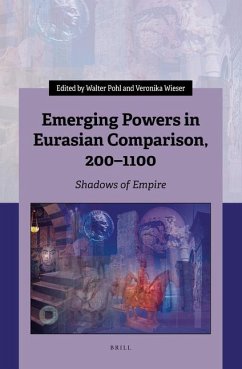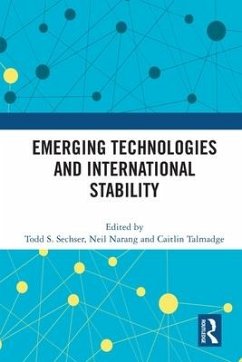
Emerging Powers and Future Threats
Implications for the U.S. and Global Defense Industry

PAYBACK Punkte
8 °P sammeln!
One defining phenomenon of the 21st century to date is the ascent of new countries in the global economic, political, and security environment. While the so-called BRICS (Brazil, Russia, India, China, and South Africa) receive most of the attention in business, government, security, and media circles, several other countries have become influential regional--if not yet global--players, including Indonesia, Mexico, Nigeria, and Turkey. […] To the extent that economic power translates into political and military power, the United States will be faced with multidimensional challenges in the yea...
One defining phenomenon of the 21st century to date is the ascent of new countries in the global economic, political, and security environment. While the so-called BRICS (Brazil, Russia, India, China, and South Africa) receive most of the attention in business, government, security, and media circles, several other countries have become influential regional--if not yet global--players, including Indonesia, Mexico, Nigeria, and Turkey. […] To the extent that economic power translates into political and military power, the United States will be faced with multidimensional challenges in the years to come. [This report] evaluates the implications for the U.S. and global defense industries. […] This [paper] starts out with an overview of global arms production and trade. From there, the direction turns to BRICS and Turkey, with an overview of each country's most significant current issues, termed 'macro-variables.' […] The six countries analyzed in this [paper] represent the primary non-Western countries that are active in either importing or exporting weapons or both, and either currently have or hold the conditions to develop a vibrant defense industrial base over the next decade or two. This evaluation is followed by an overview of each country's defense industrial base, with an assessment of their capabilities and economic orientation regarding domestic versus global sales and, at the international level, the likely recipients based on the global interests of these countries. Four recommendations are made to address the developments in these six countries.














